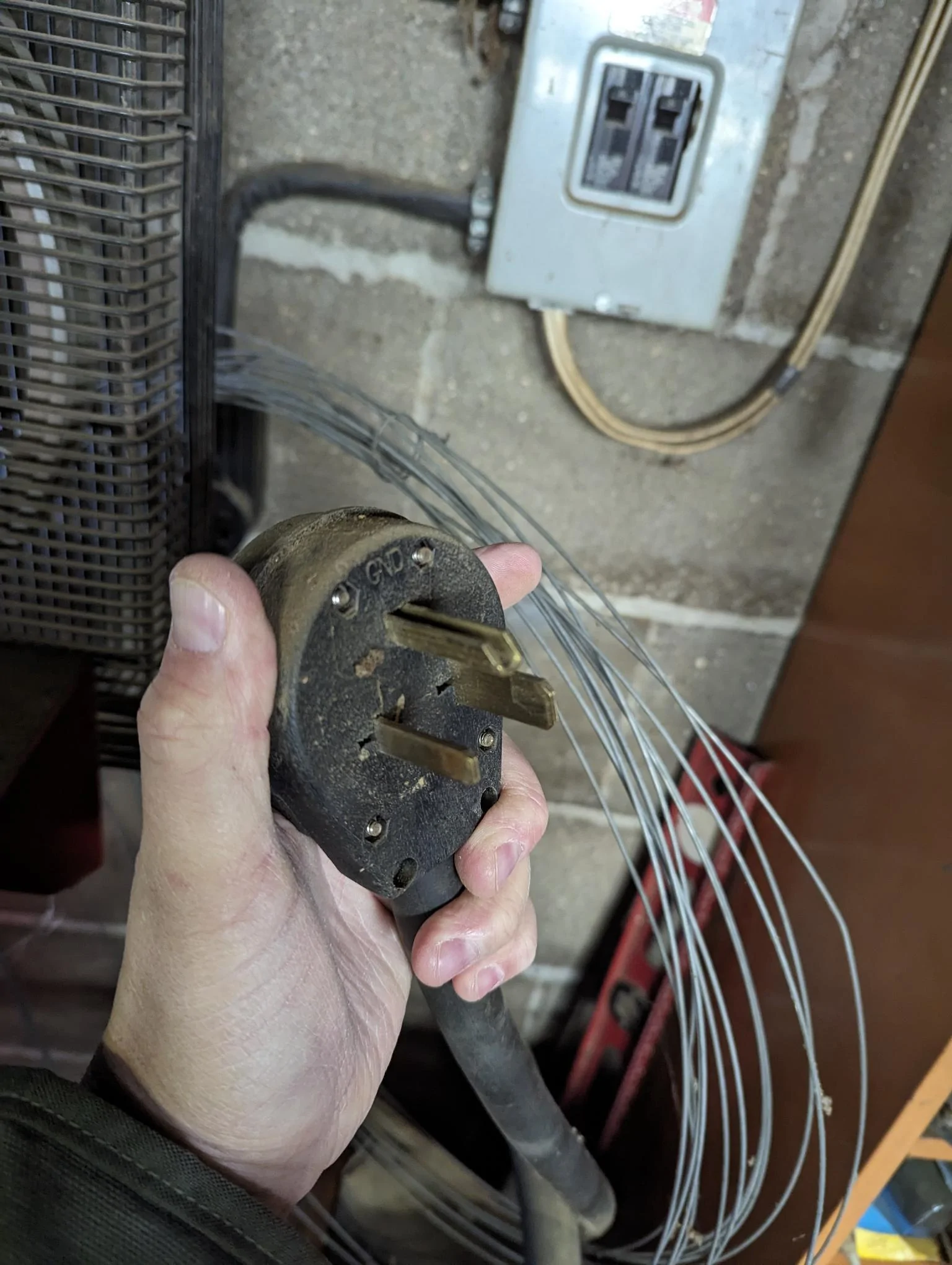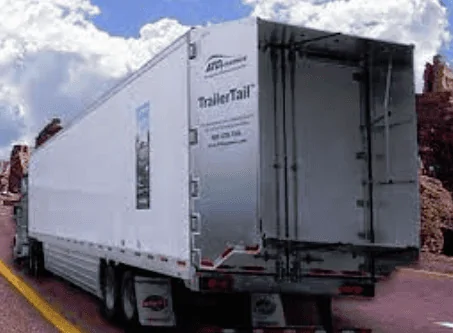Maxx
Well-known member
Exactly. Higher displaced air molecules per second. I was trying to simplify things a bit. If you want to get more technical, although due to turbulence you can actually move more (numerically speaking) air molecules at higher speed, it is not just the number of air molecules you move, it is the kinetic energy (how much you move them and how fast you move them).Makes sense!
And just because I can't resist... I'll point out that you're not necessarily moving MORE air molecules when you go faster, just moving them at a higher rate (more per second), which requires more energy - yes?
A Cue Ball can move 15 balls slightly with a gentle strike or spread them all over the table with a hard hit. In both cases only 15 balls were moved but energy transfer were quite different.

Boxy shapes like F150, forces some of those particles to have to accelerate a lot faster than others to get out of the way which takes more energy. And resulting turbulence makes them and the neighboring particles move a longer distance (again more energy). This is most pronounced in front and back of a boxy truck where those particles have to move the fastest. Of course there are tons of other factors. Cold particles are lazier and take more energy to move.
I think we may be hijacking the thread. I better shut up on this before I get kicked out.
Sponsored




